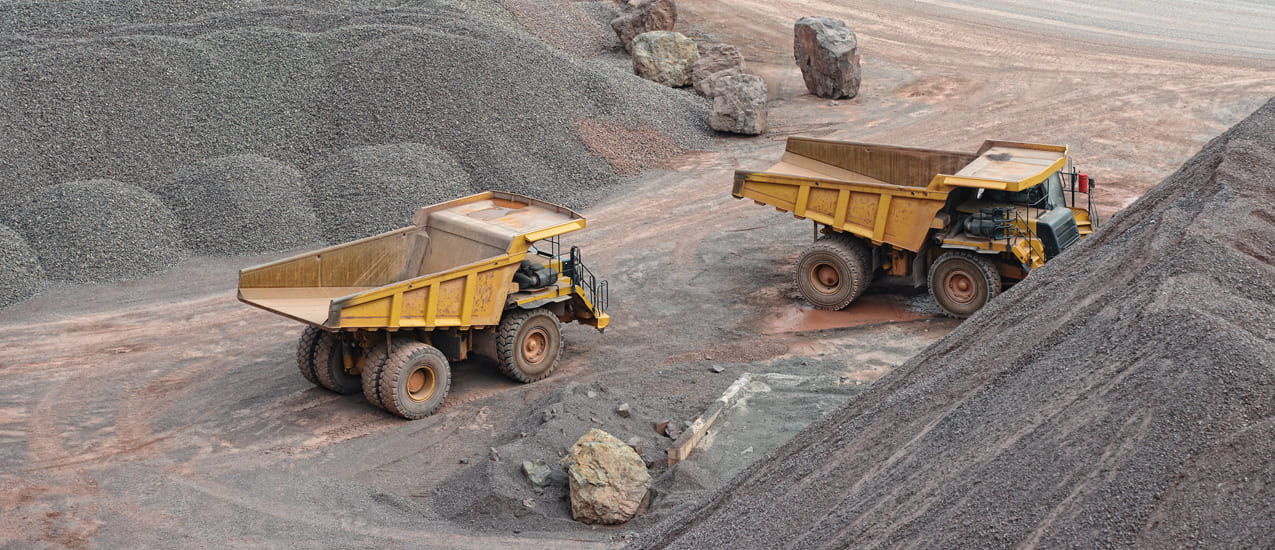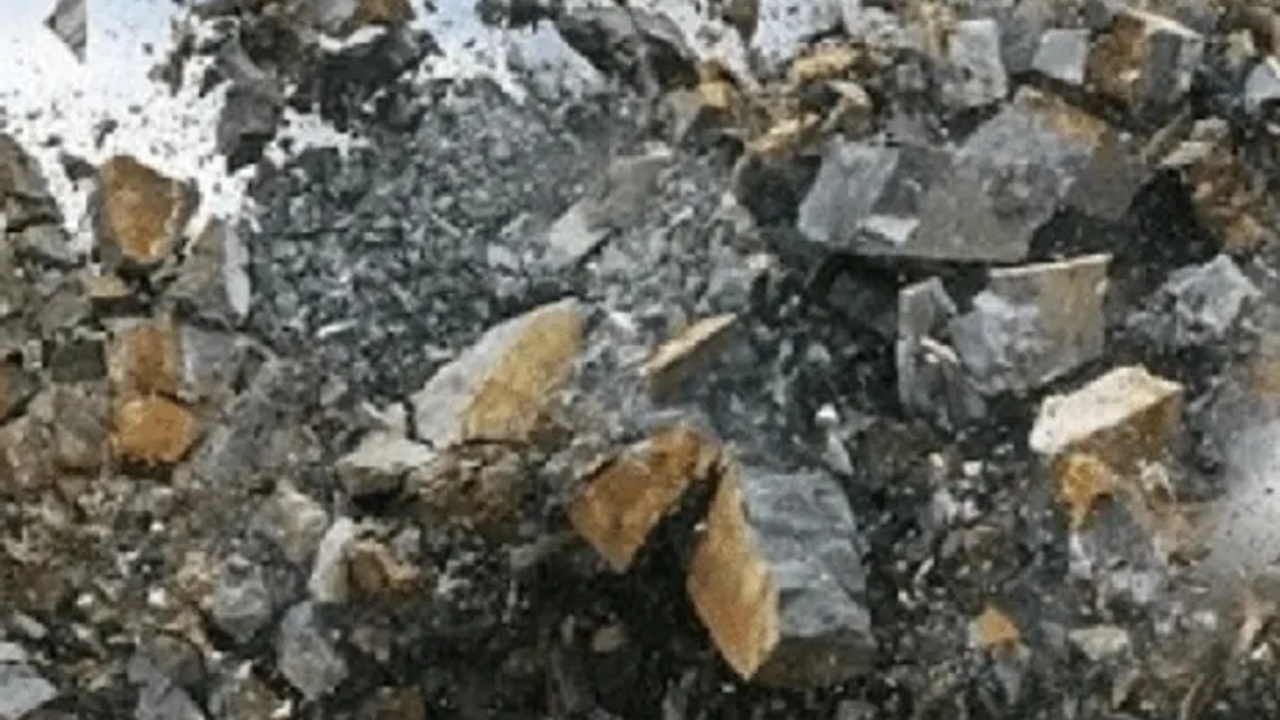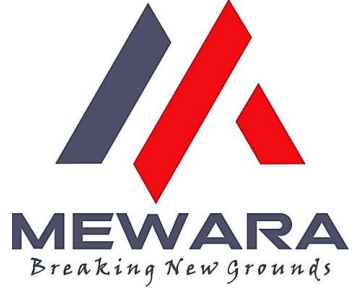
Blasting is the process where rocks are blasted by the help of explosive materials which is in the form of cylindrical shapes called “cartridges”, Down to Hole (DTH) wire, joined with appropriate connection of Trunk line delay Detonators (TLD’s), Electronic detonators, wires and exploders. While doing blasting blasters are supposed to follow all the safety and environmental rules of central and state government.
Components of Blasting:
1. Cartridges: The explosive material comes in cylindrical shape in which blasting materials are filled which are wrapped in plastic and hence are called cartridges. They come in various sizes which depends upon blasting area radius.
2. Down to Hole (DTH): These are electronic wires which are connected with cartridges.
3. Trunk Line Delay Detonators (TLD): These are wires which are connected with the different DTH’s.
4. Electronic Detonators: These detonators are supposed act as an initiator in blasting where they
5. Wires: These are electric wires which are used to connect with detonators and allows blasters move to a safe distance before connection with Exploders.
6. Exploders: Exploders are called batteries which is used to initiate the command of blasting.
They are machines which has a leaver and a single button. The leaver is rotated on a 360 degrees to charge the machine and once the machine is charged the button is pressed and the blasting takes place.
Process of Blasting:
For a blasting operation, blasting areas are identified and the blasters do a certain amount of holes on these areas by the help of crawlers and then fill them with explosive materials. After filling the holes with explosive materials these materials are joined with DTH’s. These different DTH’s are joined with TLD’s. After appropriate connection they are connected with the Electronic Detonator and the detonator is connected with electronic wire. By the help of the electronic wire blasters move to a far of distance and then the blaster connect the wire with exploder. After appropriate connection, the exploder is charged and the button on exploder is pressed and the operation takes place.

There are 2 types of blasting:
Small Scale Blasting
In small scale blasting, areas to be blasted are identified and holes up to 8 feet are done in order to fill the cartages and same process of blasting is followed.
Large Scale Blasting
In large scale blasting holes are done up to 100 feet and then cartages are filled and decking is also done in these type of blasting. Decking is a process where some cartridges are filled in the holes and then some spackling is done by some soil and again cartridges are filled and are connected with wires and same blasting process is followed.

